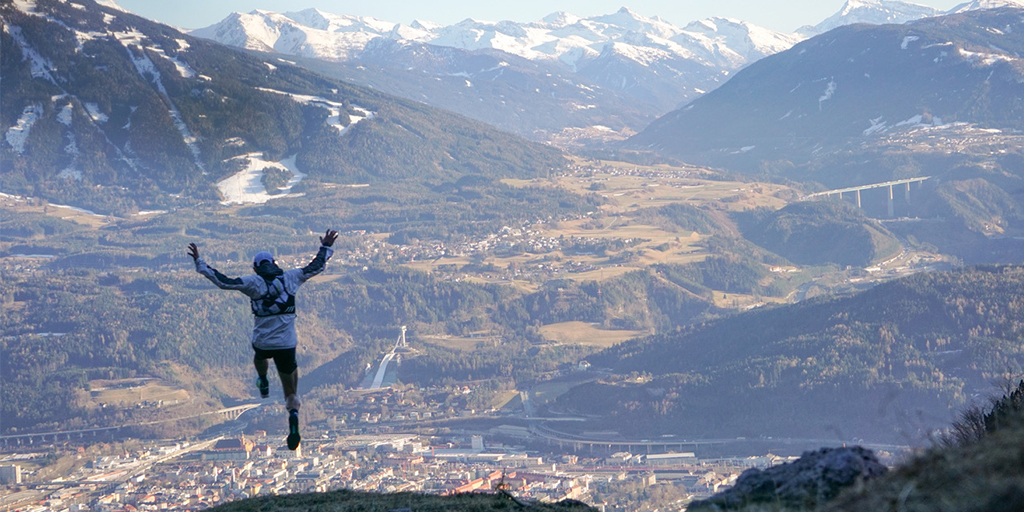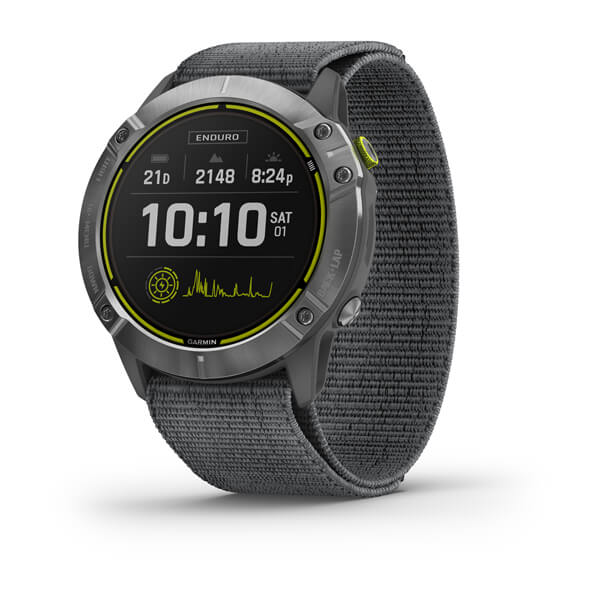
The UTMB : A unique running experience
One of the most thrilling and exciting trail-running events of the year is coming up: the Ultra-Trail du Mont-Blanc! The UTMB takes place at the end of August around the highest mountain of western Europe. But what kind of race is this, how do you train for it and what does it take to finish a 170 km race in the Alps? Read on to find out!
GOING THE DISTANCE
Each year, 10,000 very experienced runners gather in the French village Chamonix to participate in one of the races of this event. Most famous is the UTMB race itself: the 170 km trail-run around the Mont-Blanc that leads through France, Italy, and Switzerland. Here the runners have to rely on their strength and push their mental and physical limits to cross the finish line. But first let’s take a step back: what is an ultra-trail?
We all know someone who did a marathon, or maybe you completed one yourself. It’s a pretty tough race, to say the least. But for some runners this isn’t enough, and they are looking for something bigger. Like ultra-runners, for example, who go for a run that’s much longer than the magic 42k. Because this can be quite boring on a normal road, ultra-runners often choose exciting trails where the outdoor experience is more important than the distance. Hence the name ultra-trail. These kinds of runners love to run in the nature and want to have an adventure in different landscapes and regions. What might start with a 50k run, may soon become addictive and the distance will start to increase. They want to explore their capacities and before they know they’re doing 100k, 170k (the 100-mile distance) and some even more!
Basically, there are two kinds of ultra-runners: those who want to discover the world and explore new regions, cultures, and landscapes. And those who want to push their limits and see how far they can go. They go for an extreme distance or opt for a run on more exotic trails like in the desert or on high altitude. One of the most popular races amongst these ultra-runners, is the UTMB. It covers 170k and has 10,000 meters of climbing. The fastest athletes complete this race in less than 20 hours!
NOT FOR BEGINNERS
The UTMB is on the bucket list of almost every ultra-runner. But bear in mind that this is not an easy race for beginners and that it’s a long process in order to be able to join. It’s not like a marathon or triathlon where you can decide to join a race this year and train specific for that. In order to qualify for the Ultra-Trail du Mont-Blanc, you have to finish different other ultra-races. In this way you build the experience in finishing long trail runs which is needed for this famous European trail race. You need to learn a lot about yourself, your materials, what kind of nutrition you need and the race strategy. Depending on how strong you are, this can take up to three years. And because so many athletes want to join the world-renowned ultramarathon, there’s a lottery as well. But even if you qualified for this race and think you’ve got all the experience needed: remember that about 40% of the starters won’t make it to the finish.
Besides the UTMB, there are other ultramarathon races at this event as well available for each ultra-runner’s level:
- OCC: the shortest race of 55k with 3,500m of ascents
- CCC: 100k with 6,100m of ascents
- TDS: 145k with 9,100m of ascents
- UTMB: 170k with 10,000m of ascents
- PTL: 300k with 25,000m of ascents (this is a 5-day race with a team of 3 runners where you have to finish with at least 2 teammates)
HOW TO GET READY
Once you’ve qualified and were able to get a ticket for the UTMB, you obviously have to train seriously for quite some months. Long training sessions and big races have to be integrated in your training schedule and you build this up towards the event. All to make sure you are at your peak for one of the toughest foot races in the world. But you also have to learn how to dose your energy during an ultra-run, when and what to eat and drink, how to manage your speed and heart rate. Finding a routine in changing your clothes is part of your training as well. You run at night, in the blistering sun, on the cold mountain tops and in the pouring rain and you can lose a lot of energy when you’re wearing the wrong clothes.
Also, you have to think about sleep. Yes, the elite runners finish the UTMB within 20 hours, but for most it takes up to 40 hours. This means they will have to run through two nights in order to complete the race. Some runners don’t sleep at all, but most do. Besides exhaustion, you have to be careful of losing time by not sleeping because you’re feeling drowsy. Therefore, you’re allowed to sleep at one of the four assistance stations at the track. The rule of thumb is to take short naps of about 20 mins. If you sleep longer, you’re moving into your biggest sleep mode and you wake up feeling groggy which has a bad impact on your performance. So, the runners set an alarm or ask people to wake them up. After that, they wake up pretty fresh again to continue their race. How many times you need to sleep is something you have to test in the other races.
The mental aspect is big as well for these ultra-races and can be up to 30%. If you’re running at a marathon and want to quit, you just step out of the race and take a bus or metro and leave. At trail runs like these, this is not possible because you’re often in the middle of nowhere or somewhere on a mountain. You have to train your ‘I can do this’ mentality in order to keep on going. Learn how to pull yourself together, switch your mindset, eat and drink something and continue. Sometimes this can even restart your body where it finds new energy and helps you to finish the race in the end.
WHAT DO YOU NEED DURING THE RUN?
Because of the very long distance, the competitors all run with a backpack during the ultra-trail run. The objective is to have the lightest bag as possible, especially with all the elevation on this trail in the Alps. And because you can’t take all the food and clothes for the entire race with you, you change the content of the bag at the refueling points. Regarding the nutrition, some runners prefer gels, others prefer bars. Some even take a sandwich for the extra salt or as a mental boost after eating all those sweet products. You have to try and test what works best for you. Also, it’s important to eat all the time instead of waiting until you’re getting hungry. You might wonder how to eat while you run. Well, you never run for 100% of the time during an ultra-run. The moments when you walk, even when it’s fast, is the moment you eat. To hydrate, the runners use small foldable bottles containing up to 1 to 1,5 liter of water that are attached on the chest. These are being refueled at the stations as well.
But there’s more you have to put in your bag. To make sure the competitors make it safely to the finish, the organization has setup a list of mandatory materials each runner needs to put in the backpack. Think of headlights for the nights, a survival blanket, poncho, a safety jacket and more. And because of the long runs, the weather can change overnight. Therefor each runner needs to have a heat-wave, winter, and bad weather kit. The organizer can activate one of these kits before the race. Furthermore, they strongly recommend not to pick the lightest gear you can get, but to go for the best protection in the mountains against the cold, wind, and snow. The full list of obligatory items can be found here.
To keep an eye on their stats, many UTMB runners use the Garmin fēnix 6 high performance watch. The battery life is long enough to reach the finish and the mapping feature is great for them to use so they never lose track. As an official sponsor, Garmin has charging stations at the assistance points at the course in case a runner needs some extra juice. The Garmin Enduro is also very popular watch among ultra-runners, especially those who join the ultra runs where you stay up in the mountains for 3 or 4 days. This lightweight ultra-performance GPS wearable charges with the sun for up to 80 hours of battery life in GPS mode. On the sometimes remote trails where cell phone communication is bad or not possible at all, runners also use the Garmin inReach. This pocket-sized satellite communicator is made for adventures where size and weight matter. In this way, they can always stay in contact with their friends and family. Find out more about the ultra-running products here.





